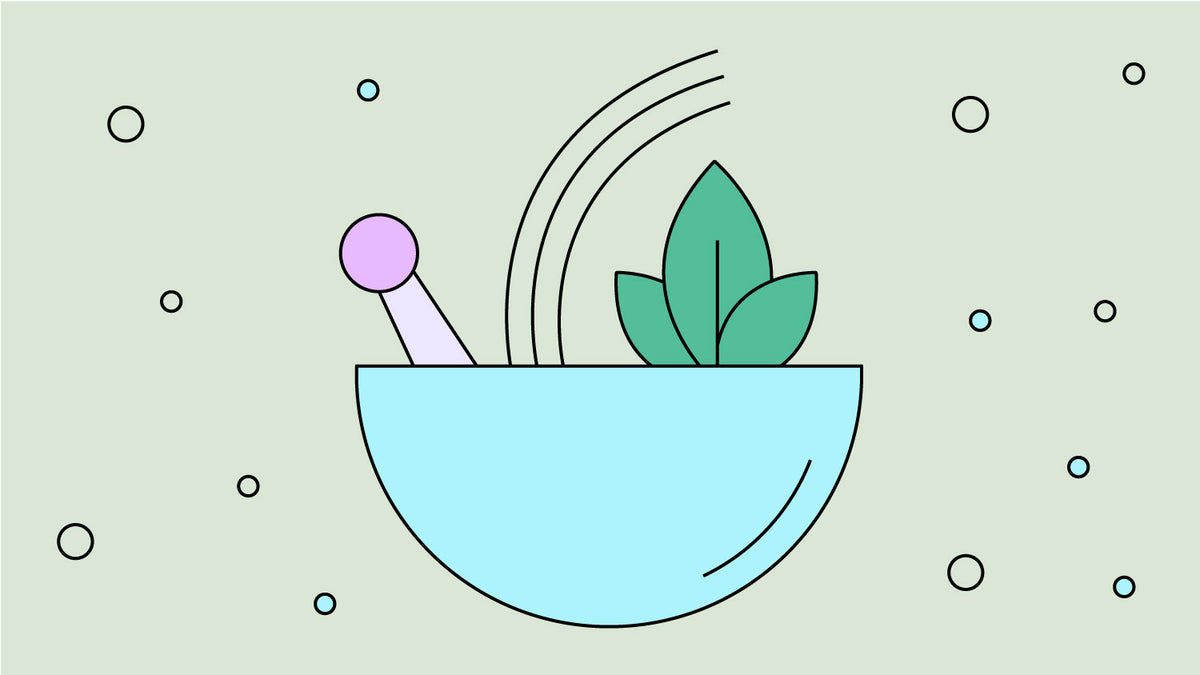Ayurveda is the traditional healing and wellness system of India and is practiced by approximately 70% of the India’s population. Dating back over 5000 years, the roots of Ayurveda are deeply steeped in history and tradition. There are mentions of the healing system in the earliest known Hindu texts and the still cited Ayurvedic text the “Chakra Samhita’, which roughly translates to ‘internal medicine’ appeared around the turn of the first millennium BC. It is estimated that there is currently around 650,000 doctors practicing this science in India today with 700,000 doctors practicing world wide. Numbers which give a strong indication of the modern day popularity of this ancient health system.
Ayurveda Seeks Balance
Ayurveda advocates that each person is born with a basic genetic make-up called ‘Prakruti’. Maintaining prakruti is at the very core of what this healing system seeks to achieve. There are many factors the can cause our prakruti to become unbalanced, this imbalance is called Vikruti, and is believed to be the root cause of illness and disease. Ayurvedic medicine aims to correct these imbalances in order to live a happy and healthy life.
The Energies of the Ayurvedic Principle

Ayurveda understands the world in energetic terms. An important part of our prakruti is our ‘dosha’ or body type. There are three primary doshas or bio-energies known as Vata, Pitta and Kapha. Each of us has different amounts of the three doshas in our bodies/minds. Once you know your unique dosha type, you’re able to work towards returning your body to perfect balance.
Each and every one of us has our own defined constitution from birth to death that is affected by a whole host of different factors. Ayurvedic medicine seeks to bring the body back to equilibrium, to find out what it is lacking and modify it. These modifications may include changes to your diet, stress levels and lifestyle habits alongside prescribed Ayurvedic treatments. To put it in simple terms, Ayurveda helps the body to heal itself.
